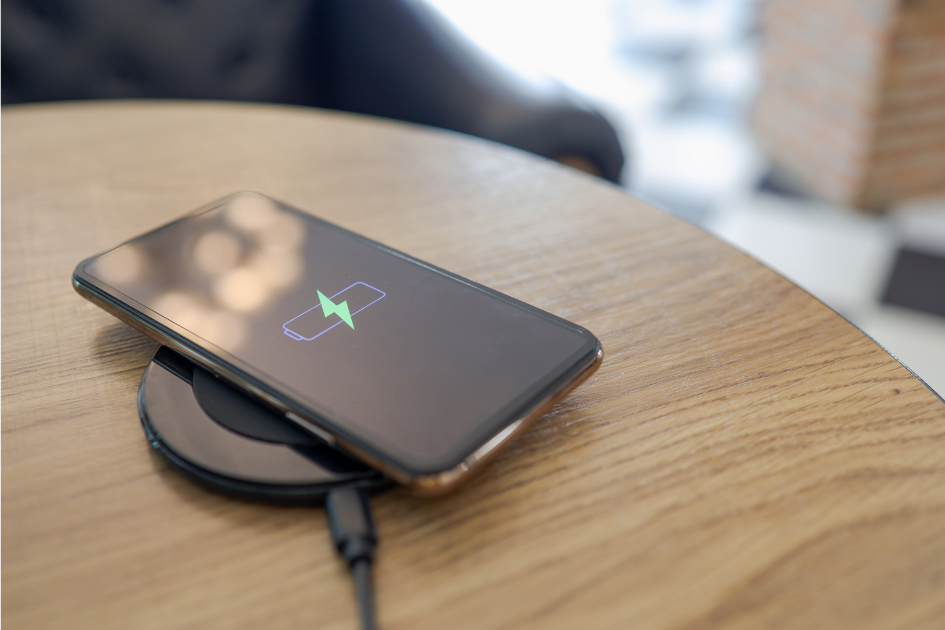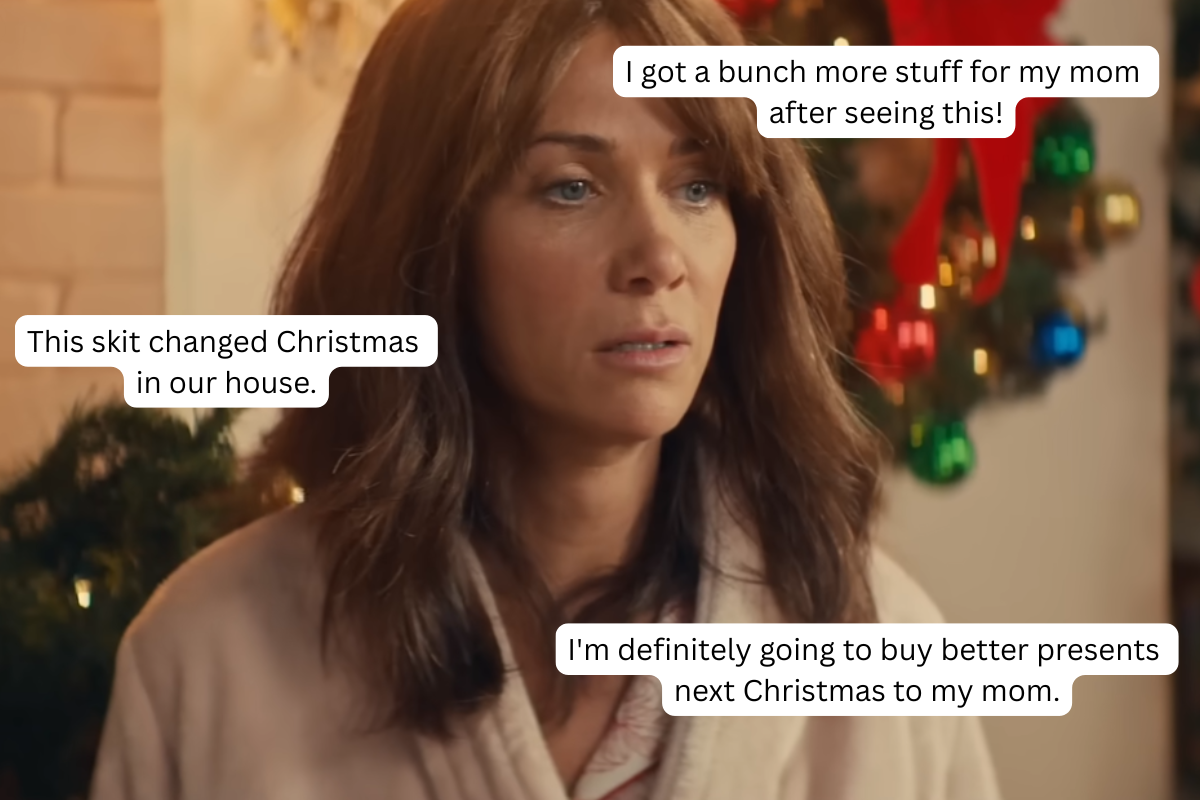If you haven't tuned in to the Republican National Convention yet, you’re not alone.
Photo by Alex Wong/Getty Images.
Maybe you’re a Republican who gnashes their teeth every time Donald Trump opens his mouth. Maybe you’re a Democrat who’s already heard "Jail Shillary Clinton" enough for one decade. Or maybe you’re just a person who gets bored by boring speeches.
And yet, you still want to do your civic duty. You want to be able to participate in the watercooler conversation. Or, perhaps, you’re a nervous internet writer who dabbles in politics and you want to continue to justify your salary to the publication that employs you.
Fear not! Even if the speeches ramble, the music is suspect, and the balloon drop is anticlimactic, there are many ways to make watching the RNC a fun experience for the whole family:
1. Focus on the fun hats.
When you watch a baseball game, you see baseball caps. When you watch a rodeo, you see cowboy hats. When you watch bearded 27-year-old programmers in "Buffy" T-shirts hitting on college students, you see fedoras.
The hats at the RNC are in another league. A noble league ... like The League of Nations.
A league that peaked in 1918.
Cowboy hats?
Photo by Win McNamee/Getty Images.
Check.
Coonskin caps?
Photo by Timothy A. Clary/Getty Images.
Check!
Hats directly from the costume chest for the West Oakport Community Players production of "The Music Man"?
Photo by Jeff J. Mitchell/Getty Images.
Check and mate.
If you’re a fan of delightfully anachronistic haberdashery, the Republican National Convention is the small-screen event of the mid-2010s.
2. Watch campaign operatives desperately try to spin obvious screwups into success stories.
Melania Trump's apparent cribbing of a passage from a 2008 Michelle Obama speech on the first night of the RNC has already sent Trump's surrogates into a flurry of questionably credible but extremely entertaining denials.
Photo by Alex Wong/Getty Images.
Some simply pretended it didn't happen. Some tried to explain it away as a case of the two women simply having the exact same thoughts on the exact same subject. Others suggested that — hey! — only 7% of the speech was plagiarized, which really isn't that much. (College students on deadline, take note!)
There's no feeling quite so warm and cozy as sitting back on your couch, knowing there's a problem out there in the world ... and it's someone else's job to deal with it.
3. Cheer on the dancing delegates.
2012 convention attendees get their clap on. Photo by Robyn Beck/Getty Images.
The RNC remains America’s #1 source of elderly people who’ve still got it, show it, and want you to know it.
Curious what style of arrhythmic jerking was popular in 1962? Looking forward to seeing some semi-coordinated American flag-ography? Want to watch a county commissioner from Ladysmith, Wisconsin, gingerly hip-bumping the state comptroller of Tennessee?
You only get one chance every four years. Seize it!
4. Gawk at the ridiculously over-the-top entrances.
For Donald Trump, last night's raucous, backlit entrance to "We Are the Champions" was actually pretty restrained.
Photo by Chip Somodevilla/Getty Images.
It can only get more grandiose from here. Will we see him riding in on a hoverboard? Descending from the ceiling on ropes? Time-jumping in from the future? It's only Tuesday! The possibilities are endless.
5. Feel nostalgic about celebrities you haven’t thought about since you were a kid/before you were born.
Sure, "celebrity" might not the exact right word, but it totally would be if you had a time machine.
Scott Baio (Chachi!) was there Monday night.
Ehhhhhhhhhh. Photo by Alex Wong/Getty Images.
So was Antonio Sabato Jr., who totally was in something once.
Oh and hey, remember soap star Kimberlin Brown? No? Well, she’s speaking too.
Like Pogs, jelly shoes, and friendship bracelets, you might not have missed them and you might not have even loved them all that much even at the height of their popularity, but they're back, and sure, why not!
6. Cringe at the massive pandering fails.
In a Monday session with delegates from Pennsylvania, Paul Ryan took a few seconds to wave a Terrible Towel — an emblem of the Pittsburgh Steelers — in the air...
Photo by Alex Wong/Getty Images.
...which irked some in the city of Cleveland, where the RNC is happening. They were none too pleased to see the Republican leader brandish the banner of their bitter football rival.
In other news, Cleveland and Pittsburgh are apparently different cities. You learn new things when you watch the RNC!
7. Shovel popcorn into your mouth as Trump and his team pick random, hugely entertaining fights with GOP lawmakers.
Fittingly, for a candidate whose highest profile accomplishment is hosting a reality show, Donald Trump is really, really, good at draaaaaaaaaama.
Even before the speeches started, top Trump aide Paul Manafort attacked Ohio Gov. John Kasich — America's Republican uncle — as "petulant" for refusing to attend the convention.
Photo by J.D. Pooley/Getty Images.
"Manafort’s problem, after all those years on the lam with thugs and autocrats, is that he can’t recognize principle and integrity," Kasich strategist John Weaver fired back in an e-mail to The New York Times, calling out Manafort's public relations work for the former president of Ukraine.
Rawr! Go get 'em, boys!
8. Daydream about what LeBron James is doing elsewhere in Cleveland while all this is going on.
Photo by Mike Lawrie/Getty Images.
One of the great things about Cleveland hosting the convention is that, if you’re not feeling the program, you can just close your eyes and imagine what King James is up to just a few blocks away at any given moment. Maybe he's grabbing a beer at the Radisson lobby bar across the street or wandering around the perimeter of Quicken Loans Arena trying to catch a Pikachu!
Train your brain to conjure 'Bron, and you're sure to realize a truth that hardened political insiders have long known: The mental image of LeBron James doing anything beats watching the 19th lieutenant governor shuffle haltingly around the stage to Kid Rock’s "Born Free."
9. Enjoy the spectacle of news organizations testing out new technology with mixed results.
The Washington Post has a robot!
Come for the debut of an amazing, cutting-edge mass communication tool. Stay for the schadenfreude of when it inevitably, hilariously tips slowly forward and plants on its face.
10. Applaud the fact-checkers doing A+ work.
It's pretty hard to wallow in self pity about having to sit through three prime-time hours of the Trump Family Variety Spectacular when the heroes at FactCheck.org are spending their week watching every minute of both conventions evaluating every ridiculously hyperbolic claim made by every marginal elected official on that stage, presumably with their eyelids taped open.
Every single American owes these people a drink. At the very least, we need to all go in for a gift basket.
11. Savor the meme-worthy speech faces.
Like this one:
Photo by Alex Wong/Getty Images.
11. Revel in the ramshackle production quality.
A delegate stands on stage. The lights are hot. He's got his suit, tie, and firmest scowl on. He's projecting a stern air of authority. He's feeling good.
And then, this happens:
One prop master's catastrophe is one potato-chip-eating, couch-slouching American's perfect television.
12. Rock out to the endless playlist of music you love to hate to love to wonder what even is it?
Between the speeches, the logistical announcements, and the arcane points of order, the playlist on the first day of the 2016 RNC featured a weird collection of B sides — "Limelight" by Rush, The Who's "Eminence Front," "Stay With Me" by Rod Stewart — that undoubtedly delighted your Uncle Craig:
"I have an extra ticket to see Yes with your name on it." Photo via iStock.
But it pretty much left everyone else scratching their heads. And you know what, scratching your head is immensely soothing and gratifying, so thanks, music team!
13. Appreciate that you are watching democracy happen in real time — weirdly — exactly the way it’s supposed to.
Photo by Chip Somodevilla/Getty Images.
You may not be thrilled about the election. You may think the ads are tacky. You may wish the participants were different (dear God, you may wish the participants were different).
You can hate everything about the American political process and still be grateful this is how our political transitions go down rather than when the guy in charge dies and his 9-year-old son takes over, or when a bunch of tanks plow over the White House while the president is in Bermuda, or when every federal employee is replaced by an alien impostor except for a single, mild-mannered Nebraska congressman who, luckily, is played by Kurt Russell.
New political administrations in America happen after a bunch of nerdy bureaucrats make a bunch of boring speeches about freedom, justice, and patriotism in support of candidates we don’t like very much but who we will dutifully go out and choose between in November.
It’s unglamorous. It’s stressful. It’s frustrating and exhausting. But I’m going to tune in. Because it really is the worst.
Except for all the other options.



 TikTok · Ale
TikTok · Ale

 Phone charging.
Phone charging. bill nye chemistry GIF by NETFLIX
bill nye chemistry GIF by NETFLIX 


 A happy woman in the Netherlands.via
A happy woman in the Netherlands.via
 Thumbs up
Thumbs up  Woman in chair.
Woman in chair.